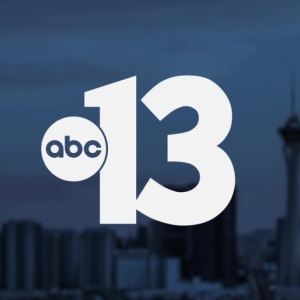LAS VEGAS (KTNV) — The Bureau of Land Management is investing $161 million to restore ecosystems across the United States and at least $12 million of that is being set aside for Nevada.
"Landscape restoration serves the multiple use mission of the BLM by improving ecosystem health for all users," said Jon Raby, BLM Nevada state director. "The public lands here in Nevada provide countless benefits and these landscape restorations will ensure these lands are protected for future generations."
The money is going to 21 different landscapes across 11 states and they were selected using specific criteria.
"The BLM selected these landscapes based on ecological need as well as their importance to communities," said BLM Director Tracy Stone-Manning. "We will lean on states, tribes, and local communities to help us identify and implement projects and to solve problems on the ground. We'll also leverage partners and private land owners to grow the scope and scale of this really important restoration work."
According to BLM officials, the money is coming from the Inflation Reduction Act to increase fire resiliency and protect native vegetation in the Montana Mountains and the Humboldt/O'Neil Basin Restoration Landscape areas, which are both located in northern Nevada.
Agency officials add that fire and drought have hurt the Montana Mountains, which were scorched during the 2012 Holloway Fire that burned 460,000 acres. The mountains are also home to the Sheldon Wildlife Refuge, which is a "core sagebrush habitat" that animals like mule deer and greater sage-grouse depend on.
As for the Humboldt/O'Neil Basin Restoration Landscape Area, land management officials said "perennial water favors the threatened Lahontan cutthroat trout and supports critical habitat and movement corridors for big game."
Two areas near Southern Nevada that are also getting help includes the Yanawant landscape in Arizona, which is directly north of the Grand Canyon, and stretches of the Mojave Desert, Central Basin, and Colorado Plateau, which are located in southwestern Utah. Those two projects are receiving a combined $15.5 million.
"In northwest Arizona, BLM lands lay north of Grand Canyon National Park. Those lands are at significant risk for catastrophic fire creating a risk to the management of the park," said Tomer Hasson, a BLM Senior Policy Advisor. "Investment in fuels reduction, in concert with the park service, can diminish an identified threat to tourism, local economies, and to one of the wonders of the world."
BLM officials said by investing in public lands like this, it cuts down on invasive species, landscapes will be more resilient to wildfires and drought, provide clean water, and allow for more recreation opportunities.





